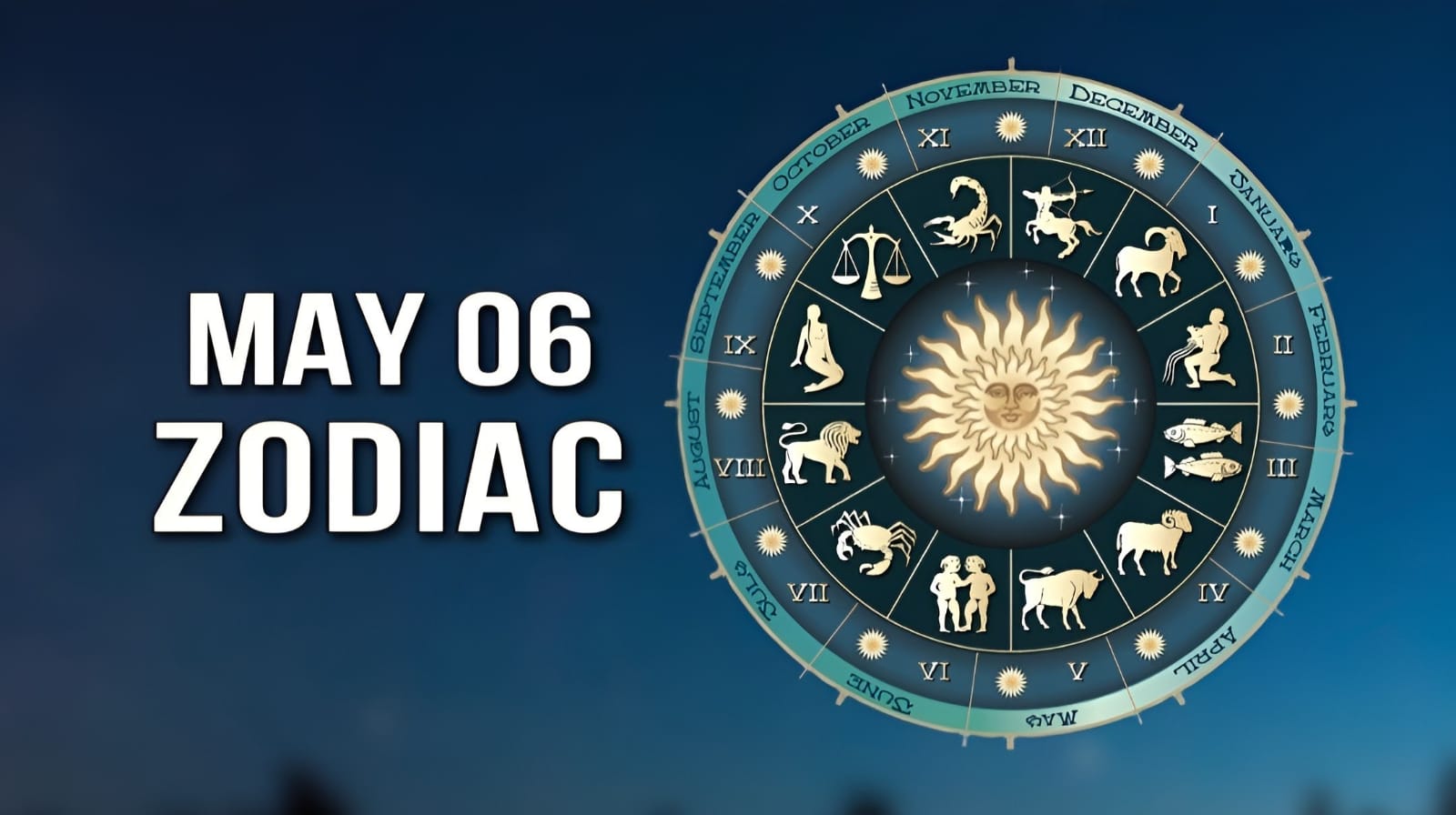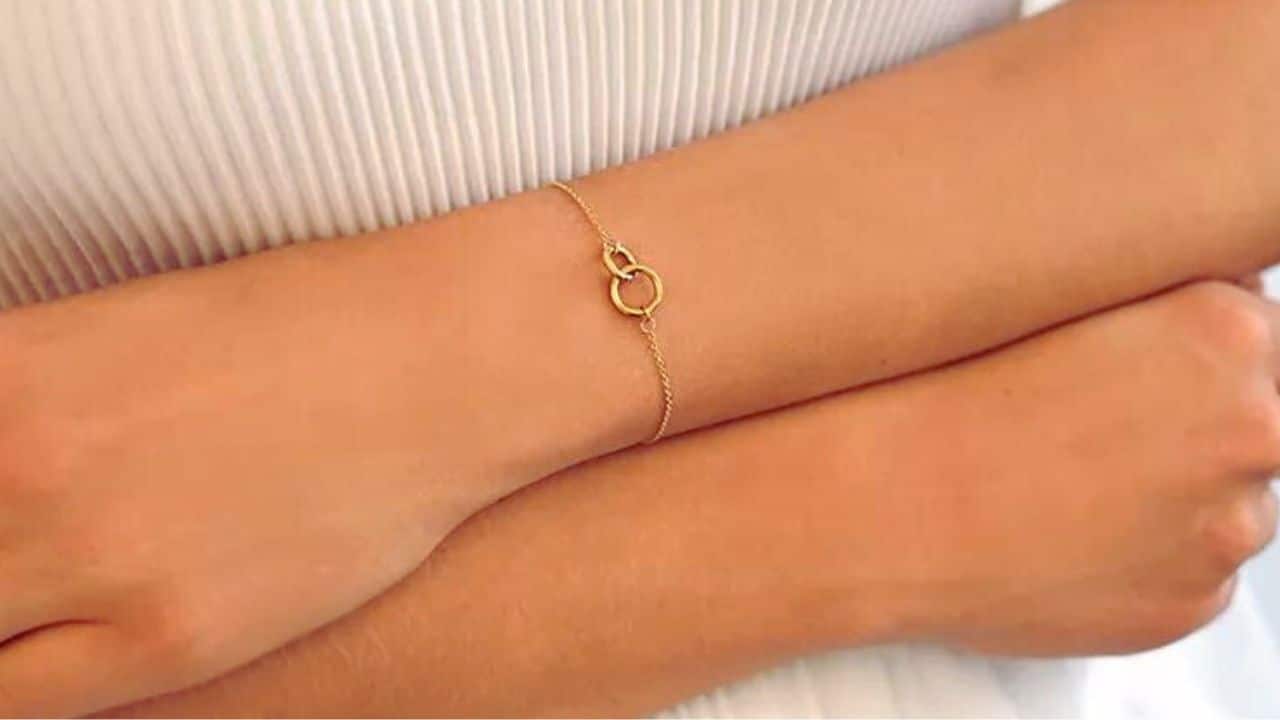Ever wondered why we suddenly have an extra day or why is there a leap year in February every four years? It might seem like a random addition, but leap years play a crucial role in keeping our calendars in line with the Earth’s orbit around the sun.
In fact, without leap years, we’d slowly lose track of seasons—imagine celebrating Independence Day in snowy weather!
Leap year has its roots deep in history and science. To keep our calendar year synchronized with the astronomical season, an extra day is added to the end of February every four years.
This adjustment ensures that our yearly count stays aligned with the Earth’s journey around the Sun. Our blog explores how this quirky date correction keeps our timekeeping accurate and dives into traditions and tales linked to leap days.
Are you ready to leap into knowledge?
Understanding Leap Year
Leap years keep our calendars in line with the Earth’s orbit around the sun. It takes about 365.2422 days for the Earth to complete one full trip. But our calendar has only 365 days in a year.
To fix this mismatch, we add an extra day every four years—the leap day on February 29. This helps prevent seasonal shifts over time.
However, it’s not as simple as adding a day every four years because of that 2422 part. That’s why there are special rules: if a year is divisible by 100 but not by 400, then it skips being a leap year.
This tweak keeps everything running smoothly and ensures events like Easter fall in their proper season without drifting too much over centuries.
Importance of Leap Years
Leap years keep our calendar in line with Earth’s trips around the sun. Imagine if we didn’t adjust for this extra bit of time—our seasons would start to drift away from their expected dates.
After a few hundred years, winter could show up in June! To prevent such confusion, leap years add an extra day every four years. This keeps our springs starting close to March 20th and makes sure farmers know the best times to plant crops.
This adjustment is crucial for keeping holidays and important events on track too. Without leap years, the date of Easter, which depends on the spring equinox, would wander through the calendar.
Other planets, like Mars, also have leap years to handle their own unique journeys around the sun. So, leap years are not just about adding a day—they’re about keeping our lives in harmony with nature’s cycles.
Why Is There a Leap Year: The Science Behind
Our Earth takes about 365.2422 days to complete one orbit around the sun, not exactly 365 days as we mark on our calendars. This extra time adds up, meaning that without an adjustment, our seasons would slowly drift out of sync with our calendar months.
Leap years are the fix for this drift. Every fourth year, we add an extra day—February 29—to keep everything aligned properly.
The rules for leap years have a bit more to them, though. Unless the year is also divisible by 400, not every year that is divisible by four and 100 is a leap year.
So, while the year 2000 was a leap year, 1900 wasn’t because of these special exceptions. These adjustments make sure our Gregorian calendar stays in tune with the Earth’s journey around the sun and marks seasons accurately for centuries to come.
Fascinating Facts About Leap Years
Leap years pack more punch than you might think. They’ve shaped our calendar, flipped traditions on their heads, and have roots stretching back to ancient civilizations.
Ancient calendars had entire leap months
Long ago, calendars were not as simple as today. The Hebrew, Chinese, and Buddhist calendars added whole leap months to stay in sync with the seasons. This was because their years did not match up perfectly with the solar year.
The early Roman calendar also struggled with time. It had ten months plus a vague winter period, leaving it out of step with the solar cycle. To fix this mismatch and keep festivals in their proper season, leap months were essential tools for ancient timekeepers.
Julius Caesar introduced Leap Day with help from the Egyptians
Julius Caesar, with advice from Greek astronomer Sosigenes, added Leap Day to the Roman calendar. This move aimed to align it better with the solar year. The Egyptians had already figured out that the solar year was slightly longer than 365 days.
They noticed that the calendar drifted over time compared to the seasons.
To fix this, Caesar used what he learned from them. He reformed the Julian calendar by introducing an extra day every four years in February. This change helped keep festivals and agricultural schedules on track with the seasons.
It was a big step towards our modern understanding of how Earth moves around the Sun.
Leap Day is often associated with marriage proposals and flipping gender roles
Leap Day brings a unique twist to traditional roles in love and marriage. Traditionally, men propose to women, but Leap Day flips this custom on its head. Women take the lead and propose to their partners instead.
This tradition has roots in Ireland and has spread across many cultures over time.
This day gives women the chance to break from norms and make bold moves in their relationships. It’s seen as a time for challenging old rules and making new stories together. The leap of faith on February 29th turns an ordinary day into something extraordinary, reshaping expectations about who makes the big question of “Will you marry me?”.
Leaplings: People Born on Leap Day
People born on Leap Day are known as leaplings. Around the world, there are about 5 million of them. The chance of being a leapling is quite rare, with odds at about 1-in-1,461. This makes their birthdays special and unique.
In Anthony, NM—the Leap Year capital—leaplings get to enjoy big celebrations just for them. This town throws parties to honor those born on this extra day in February. It’s a way of making sure leaplings can celebrate their birthdays in grand style every four years.
Leap Years in History
Leap years have shaped how we understand time. They align our calendar with Earth’s journey around the sun.
- The ancient Egyptians first noticed the mismatch between their calendar year and the solar year. They tweaked their system, setting a precedent for leap years.
- Julius Caesar, with insight from Egyptian astronomers, introduced a leap day in 46 B.C. This move aimed to fix the calendar drift but added too many leap years.
- The “Year of Confusion” happened under Caesar’s rule. He had to add 90 extra days to realign the Roman calendar with the solar cycle.
- In 1582, Pope Gregory XIII refined Caesar’s system. His Gregorian calendar fixed the leap year formula, making it more accurate.
- The Gregorian Reform skipped 10 days that year. People went to bed on October 4th and woke up on October 15th to correct timing errors.
- Before these changes, months like Sextilis (renamed August) and Quintilis (now July) gained days to honor Roman Emperors Julius Caesar and Augustus Caesar. This added complexity before settling on February 29 for leap day.
- The introduction of the Gregorian calendar varied worldwide. Some countries waited centuries to adopt it, causing historical date discrepancies.
Leap Years on Other Planets
Earth isn’t the only planet with leap years. Mars, for example, has its own system to keep track of time.
- Mars orbits the Sun in 668 sols but needs 668.6 sols to complete the journey. This means every few years, a leap year with 669 sols happens.
- The idea of adding days or even months is common across planets to align with their orbit around the Sun. Each planet has a unique rotation and revolution pattern.
- Scientists use leap years on other planets for space missions. This helps them plan for events and landings accurately.
- Martian days, or sols, are longer than Earth days. This difference makes their calendar and leap years fascinating to study.
- Planetary scientists study these patterns to better understand time in our solar system. They look at how each planet rotates and travels around the Sun.
- Other planets like Venus and Jupiter also have their own versions of “leap years.” However, their systems vary greatly due to different orbital times and rotations.
Leap Year Folklore
Leap-year folklore is rich with stories and customs. One of the most famous tales comes from Ireland, where, supposedly, St. Patrick granted women the right to propose marriage on February 29th.
This day became known as Ladies’ Day or Bachelor’s Day. The idea was to balance traditional roles in love—just as leap day balances the calendar.
In some places, men had to pay a penalty if they refused a woman’s proposal on leap day. Penalties could include a kiss, a silk dress, or twelve pairs of gloves. These traditions made leap years special times full of fun and unusual happenings.
People also believed that leap years affected weather patterns and farming success, predicting either good luck or hardship for crops.
Conclusion
Leap years keep our calendars in line with the Earth’s trip around the sun. Thanks to Julius Caesar and later, Pope Gregory XIII, we have a system that corrects time drift bit by bit every four years.
Traditions, folklore, and even special birthdays make leap years interesting beyond just an extra day on the calendar. It’s about aligning human timekeeping with nature’s clock—ensuring seasons stay put year after year.
A bit of history, science, and culture all wrapped up on February 29!









































